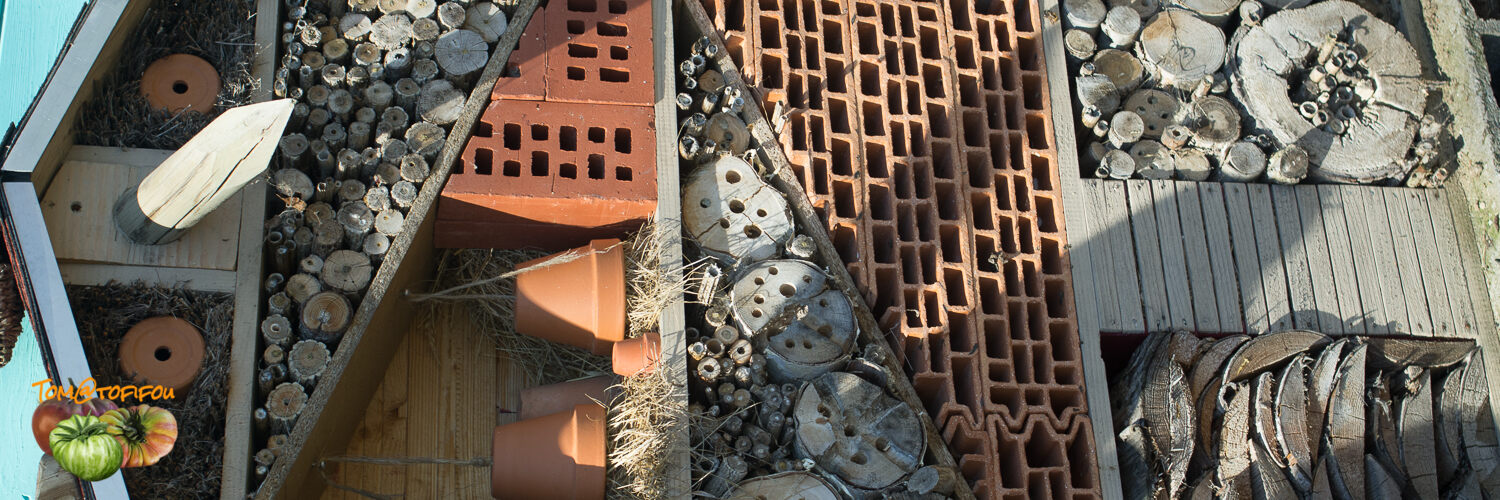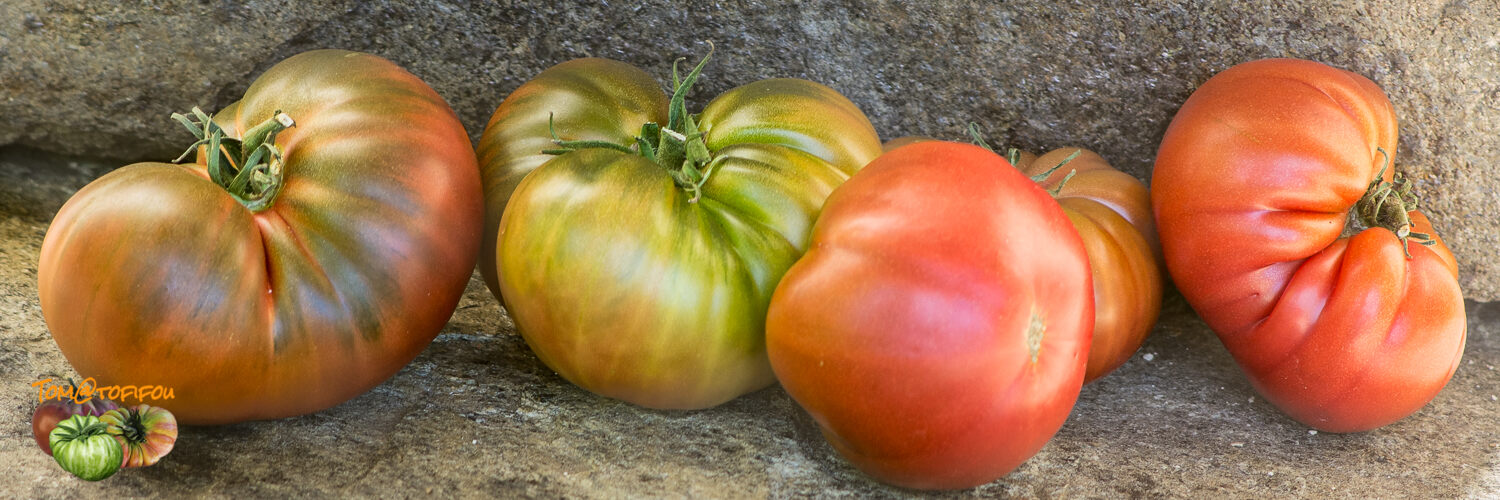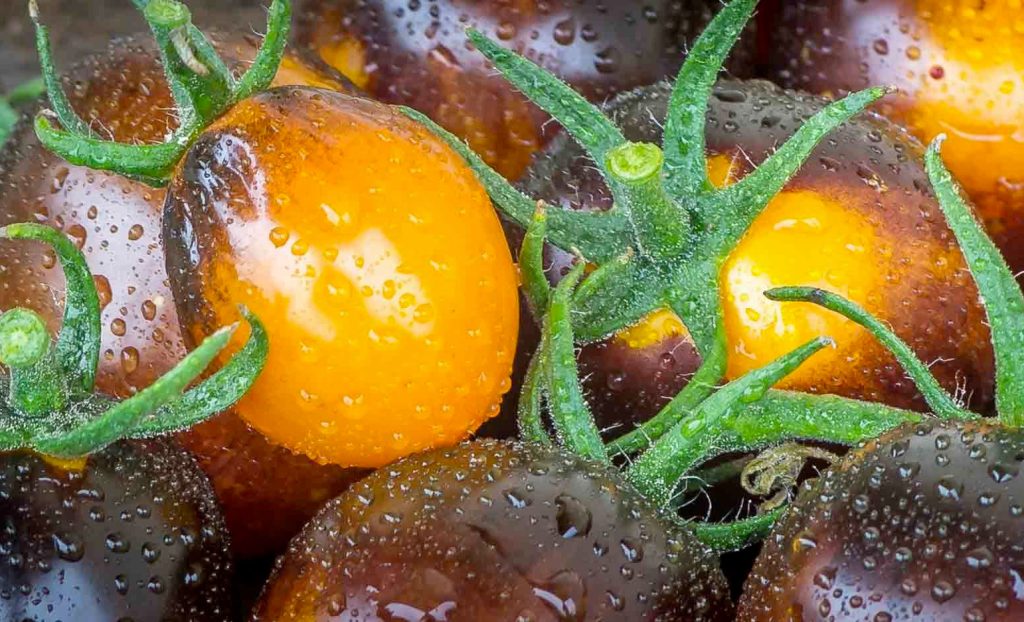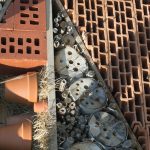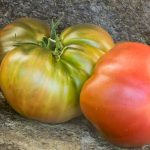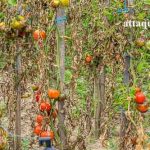
Grafting on Solanaceae
General
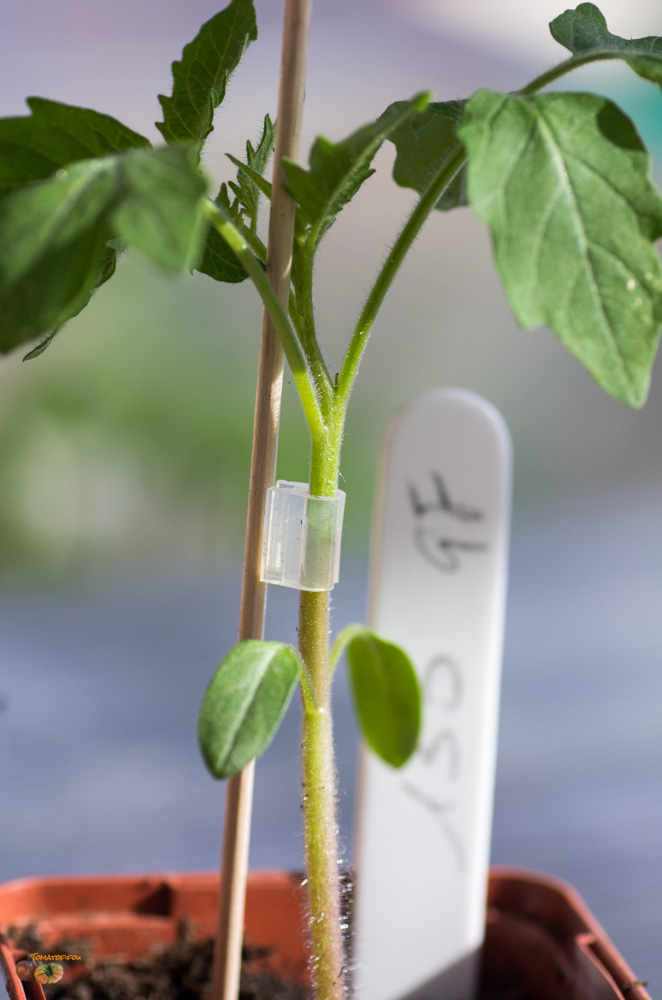
The purpose of this technique is to improve the yield and resistance of the plants thus treated. In effect, the qualities of a variety A are taken and passed on to variety B, usually the rootstock A is naturally resistant to diseases, bacteria, viruses and/or has a particularly developed root system which favors the growth of variety B.
It is also a good way to get plants that will have more "vigor". This extra vigor is especially beneficial when weather conditions are difficult, hot summer or cool. A grafted plant, in addition to its qualities of resistance to the diseases, makes it possible to improve the output in a notable way. The grafted plants can be led on only one stem if the climatic conditions are extreme, in the contrary case the vegetation of these plants will quickly become excessive and unmanageable. It will therefore be necessary to lead these plants on several heads in order to channel this vigor. This way, we will avoid that they take on a too pronounced vegetative character, so that we can balance them correctly so that the fruiting and the fructification are uniform. There are several ways of doubling the heads: 2 stems at the level of the 1st and 2nd leaf, 2 stems at the level of the cotyledons, 2nd stem initiated under the first cluster. These three methods present advantages and disadvantages, know that the third solution has the enormous advantage of not risking to split the rootstock at the level of the initiation of the 2 stems because the second stem is initiated well higher than the point of graft, which is not the case of the two other methods. On the other hand there is a risk that the two stems are not equal, but at our level of amateur gardener it does not matter.
Rootstocks are quite numerous and for the most part hybrids: Arnold F1, Brigeor, Groundforce F1 Vigomax, etc.... It is rather difficult to get their seeds which moreover are not preserved, their germination is very random (it is necessary to count that on 50% of success) and are excessively expensive, I thus advise you to be interested in some old varieties which made their proof, which have the merit to have not been manipulated genetically and of which one can collect the seeds easily. These are : Petit Moineau (early, mildew and powdery mildew resistant, large development, large root system), Red Currant (currant tomato, good disease resistance), Cuatomate (wild variety from Mexico, resistant and robust), Burpee Delicious for the best known varieties, this list is far from exhaustive.
The different grafting techniques most commonly used:
-Grafting with a toothpick
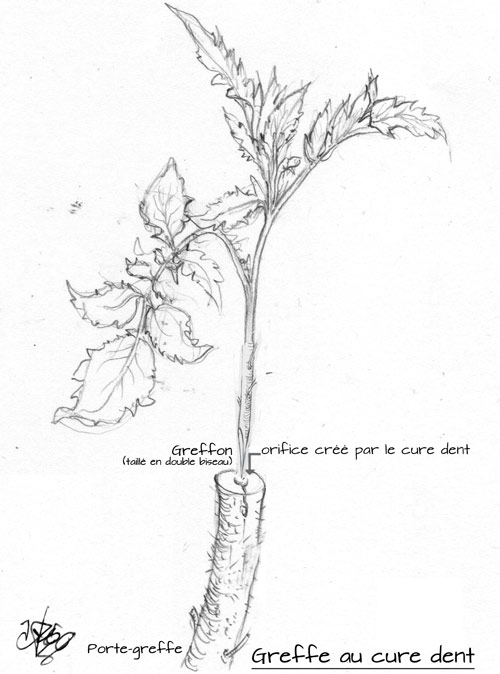
This technique is performed without ligation. The graft is cut into a point (double bevel) that is inserted into the hole created in the rootstock using a toothpick or any other similarly shaped objects(file, knitting needle etc...).
-Grafting by approach
There are 2 methods
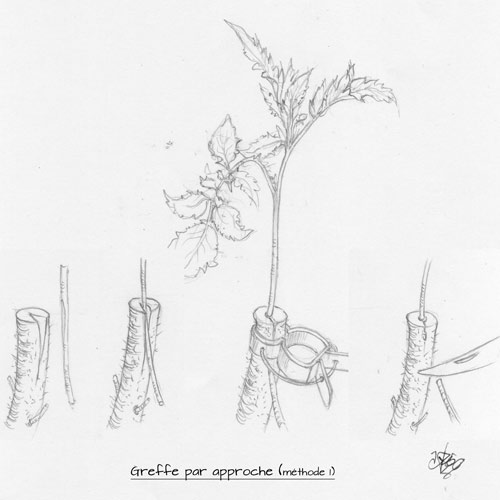
The first method consists of making a notch of about 15mm on the rootstock, which will have been topped beforehand, and on the graft. One brings them closer together by making the notches coincide as much as possible, one binds or one places a clip.
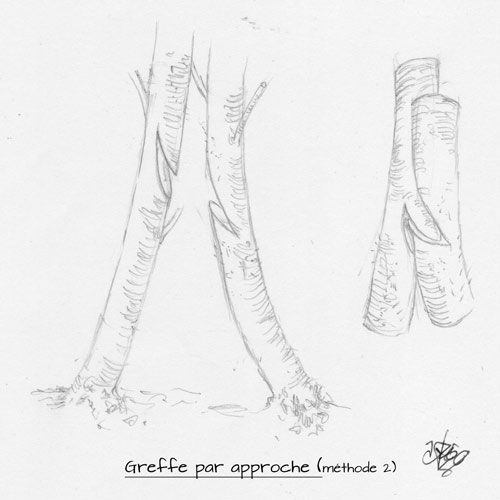
The second method consists of making a notch, in the shape of an inverted V, in the rootstock and the scion at the same height, beforehand they will have been transplanted into the same pot. They will have to make about twenty cm. We carefully align the two stems (made fragile once notched), we maintain at the level of the notches with a grafting pliers, we bruise especially at the level of the graft.
.It is important to identify the rootstock and the scion so as not to confuse them when the scion is cut just below the graft. (valid for the 2 methods)
The Japanese head grafting
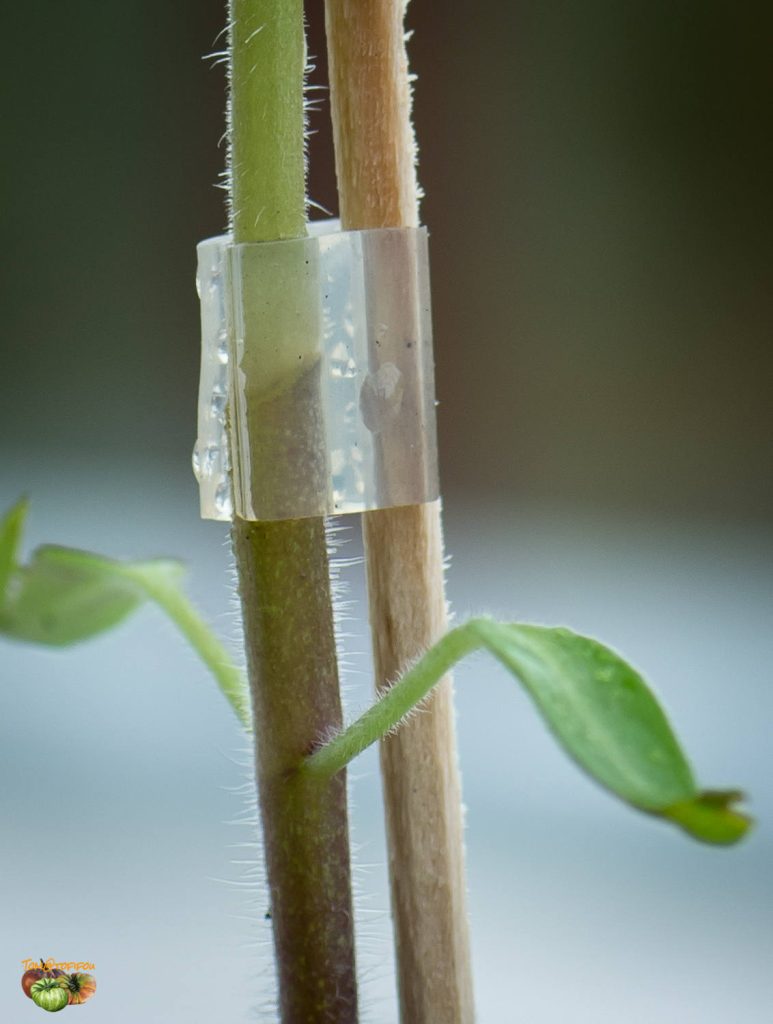
you will need a grafting forceps or better a silicone sleeve; the rootstock and the graft are cut at 45° above the cotyledons (about 1 to 2cm), the two sections obtained are slipped into the sleeve so that they come into contact perfectly.
-the split graft or English horse graft

it is necessary to section the graft and the rootstock at the level where the diameters are identical, the rootstock is split on a length of 15mm, the base of the graft is cut in bevel, this one will be introduced in the slot of the rootstock by taking care that the two parts are well in contact; it is essential to set up a grafting clamp at the level of the lips of the slot in order to consolidate the point of graft.
-simple English grafting

simplified variant of the horse graft, we cut in simple bevel the graft and the rootstock, we make coincide the two parts that we tie.
-grafting by lateral perforation (known as the screwdriver)

two days before the grafting one tops the rootstock 2/3 cm above a lateral branch. On the day of grafting one pierces the armpit of the said branch, using a screwdriver which one will have disinfected beforehand, respecting an angle of about 45°, and one inserts in the slit thus obtained the graft which one will have cut in double bevel. It will not be necessary to use a ligature.
-copper wire grafting

the rootstock is decapitated in a straightforward manner at 7/8cm above the cotyledons, the same operation is performed on the graft, a piece of copper wire of about 4cm is obtained which is threaded through the two parts obtained previously, making the cuts coincide well. It is not necessary to ligate since the copper rod stiffens the graft/carrier assembly.
In all these methods the old and useless leaves are removed in order to channel the sap towards the essential, that is to say the grafting point.
Post-graft treatment is very important for its success and applies to all grafting techniques. It consists of a misting of the graft (the use of rainwater is preferable) immediately after the graft, an operation which will be renewed regularly to maintain the rate of moisture around 70/80% (be careful not to mist directly on the leaves, the weight of the water thus deposited could make the graft move), for its setting to the étouffée one will be useful of plastic bottles which one will have prepared beforehand or for the most do-it-yourselfers one will make a "wet chamber". It is also essential, the first days following the graft, to maintain a light darkness. We will then gradually accustom the grafts to bright light; the recovery process requires about a fortnight.
These methods also apply to other Solanaceae (eggplant, peppers..).
Ici vous pourrez télécharger un fichier Excel qui vous aidera à planifier vos greffes, ce dernier ayant été élaboré par Papo maitre dans l'art du greffage..

